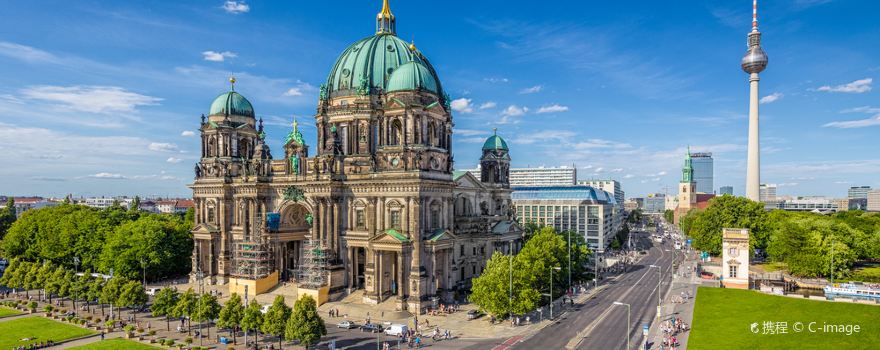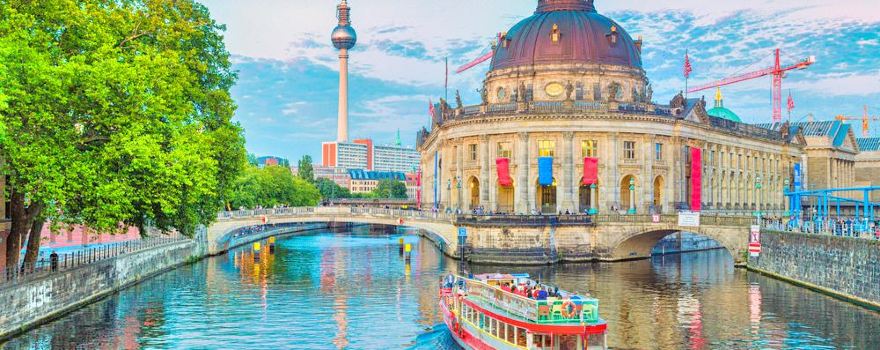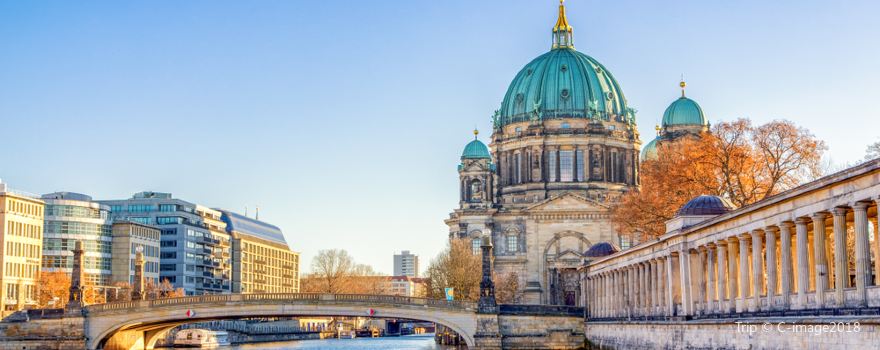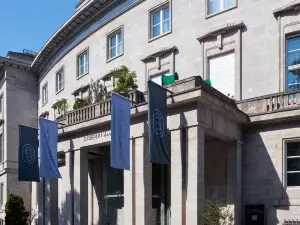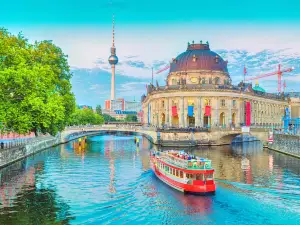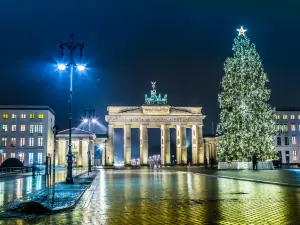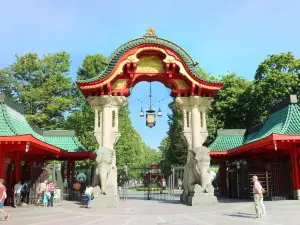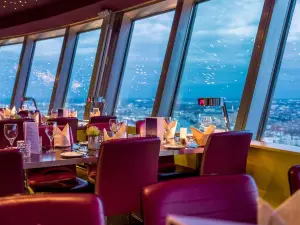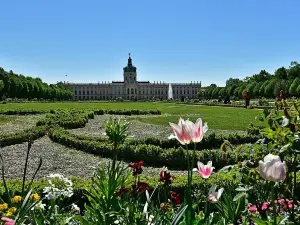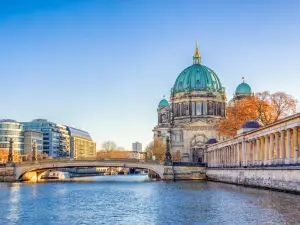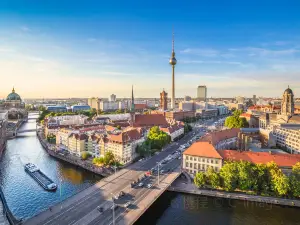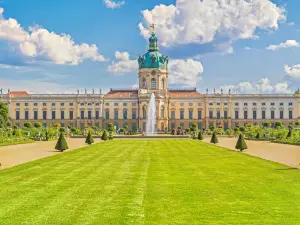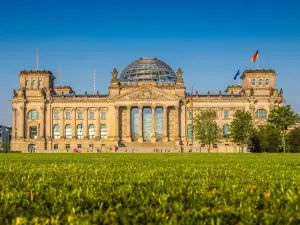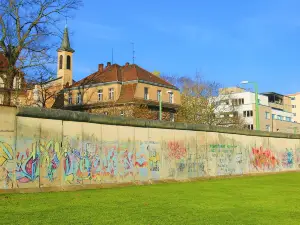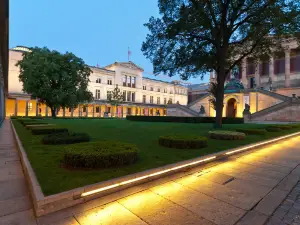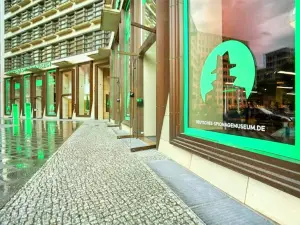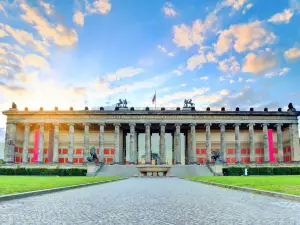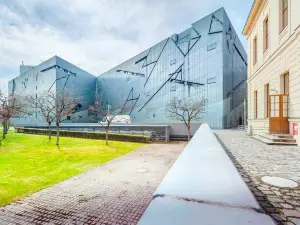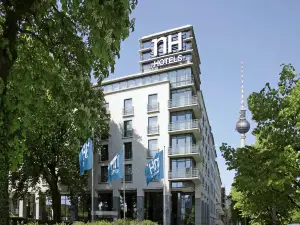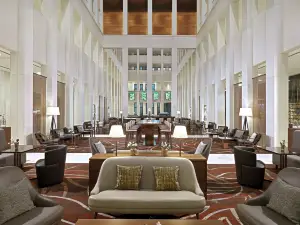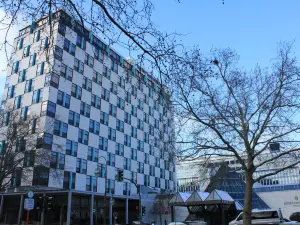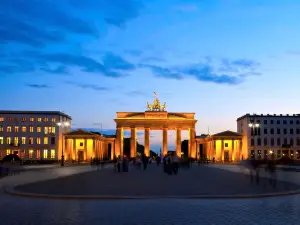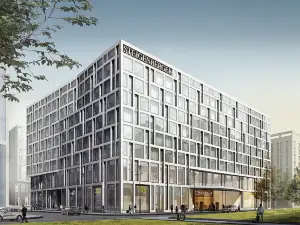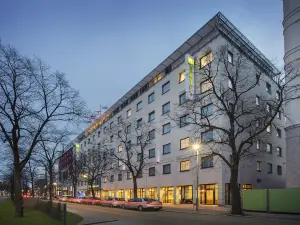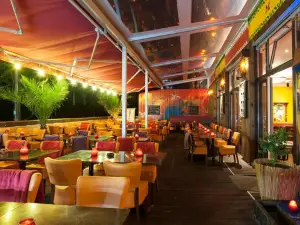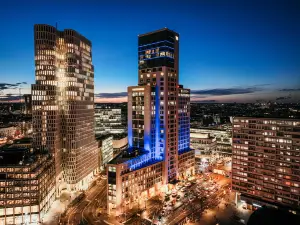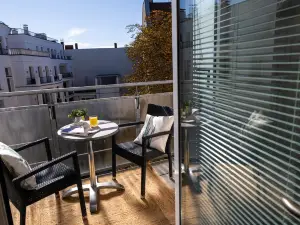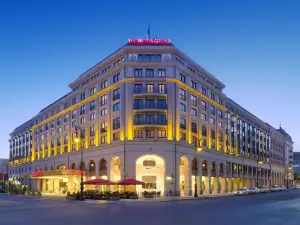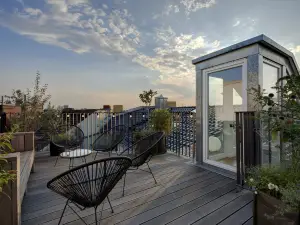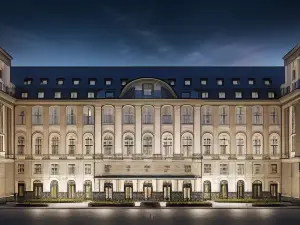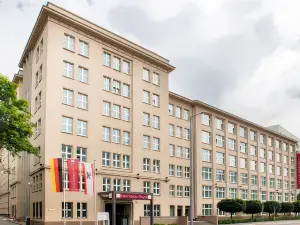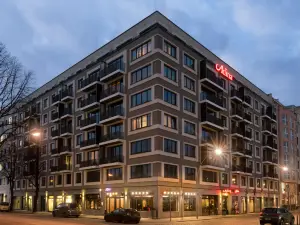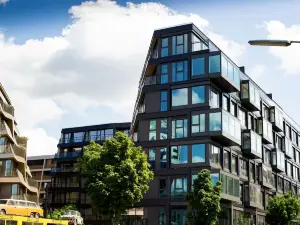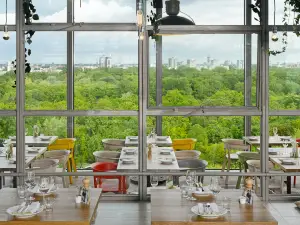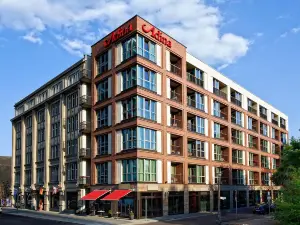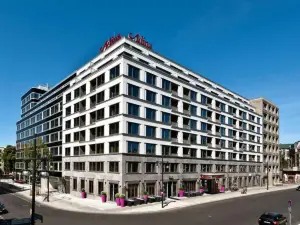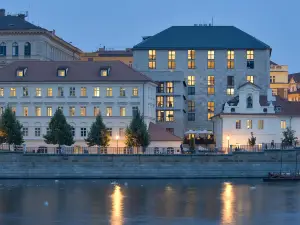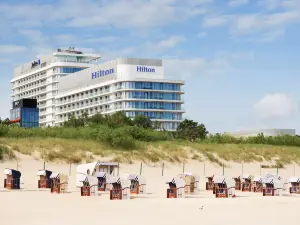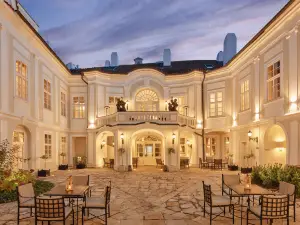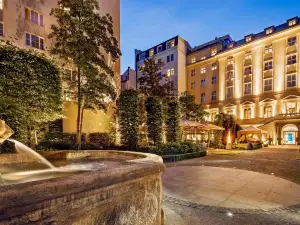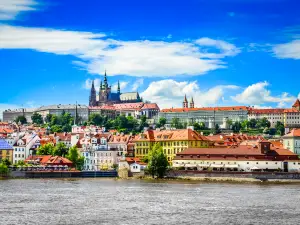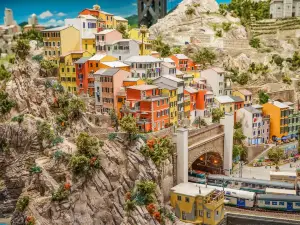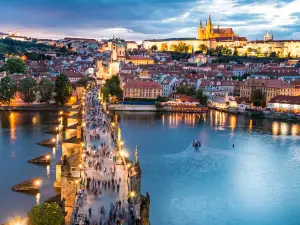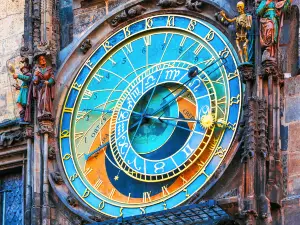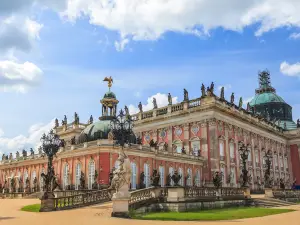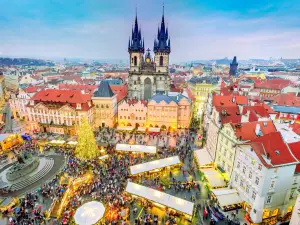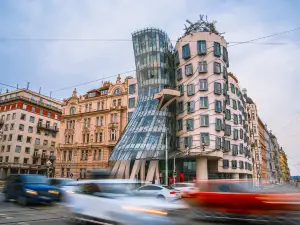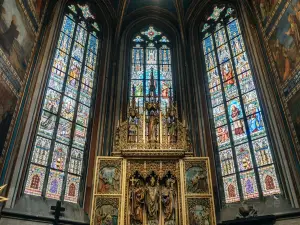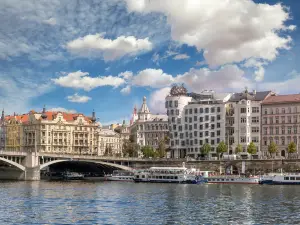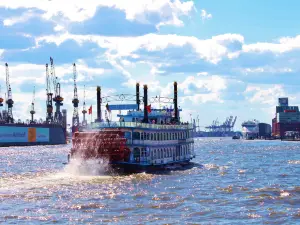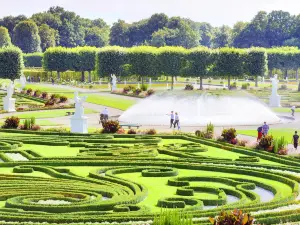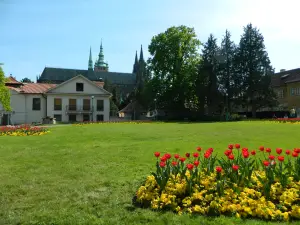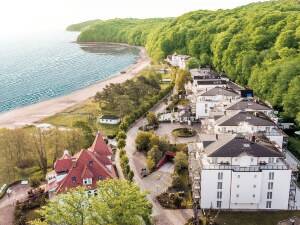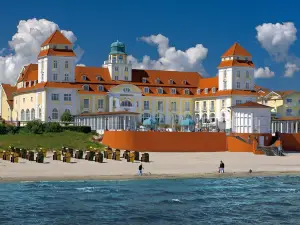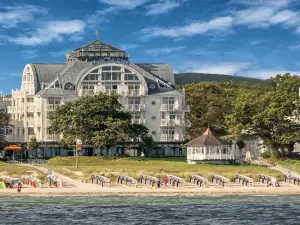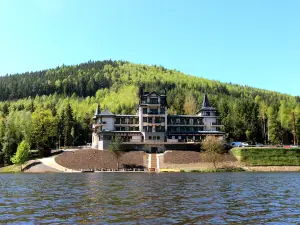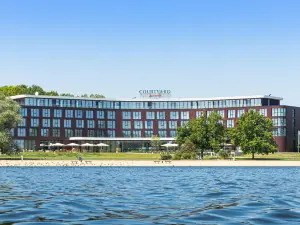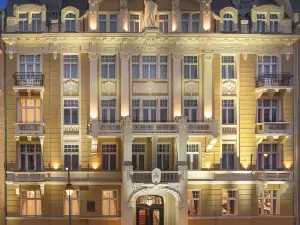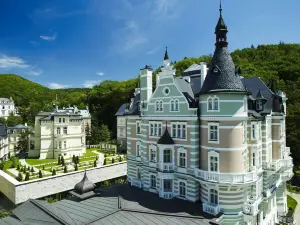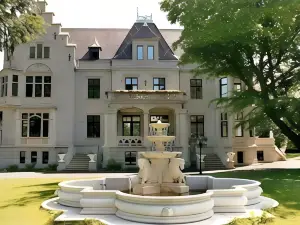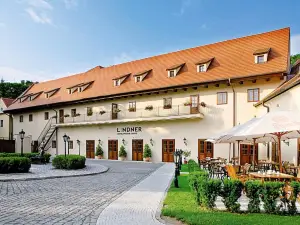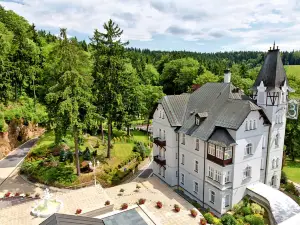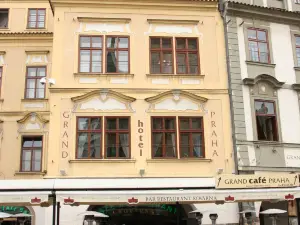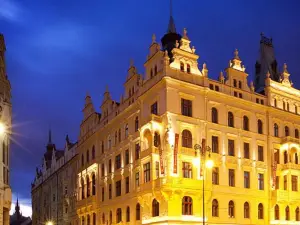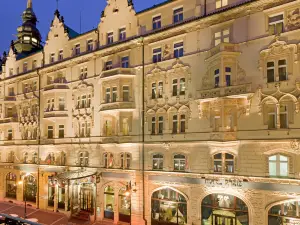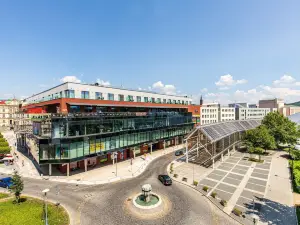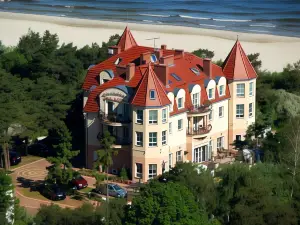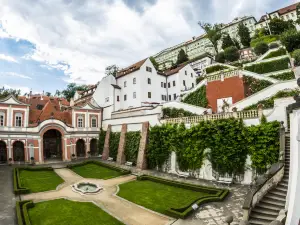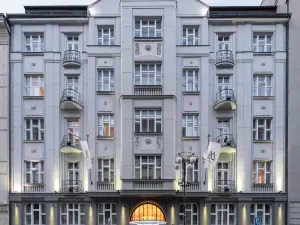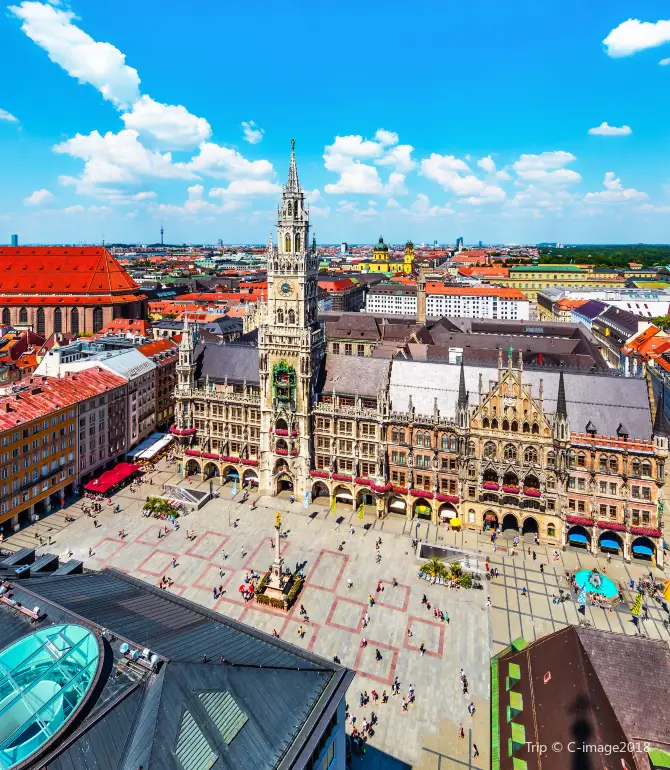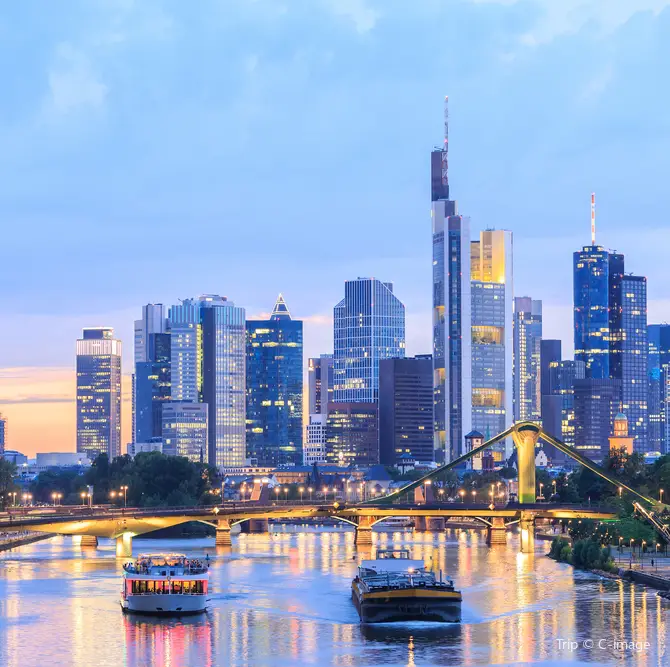Things to Do in Berlin in 2025 - Top Attractions, Local Food, Hotels & Travel Tips (Updated May, 2025) | Trip.com
About Berlin
Recommended trip: 2–4 day(s)
Recommended trip: 2–4 day(s)Current Weather Conditions
Berlin Local Experiences Map

Trending in Berlin
Berlin Local Travel Guide 2025
Berlin Brief Guide
In Europe, it is difficult to find a place that bears as many heavy historical scars as Berlin does. During World War II Berlin suffered recurring devastation from bombings but it has since emerged from the ruins reborn. Berlin preserves Germany’s long history, from a royal monarchy to the Second World War to stories from the Cold War. Museumsinsel—Berlin's Museum Island located in the Spree River—is listed as a World Heritage Site. There are not only charming exhibits on fascinating topics ranging from ancient times to the present, but also other museums from which you may gain a lot. The streets are full of graffiti which gives the city a modern artistic atmosphere and temperament, but the most significant graffiti is painted upon the remains of the Berlin Wall. The nightlife in the capital city is also spectacular. Hidden under its serious governmental and historic countenance, Berlin's endless vitality makes itself known.
Berlin Must-try Local Experiences
1. Experience Berlin's Iconic Landmarks Explore Berlin’s rich history with visits to the Brandenburg Gate, Charlottenburg Palace, and the Reichstag Building. Take time to visit the Holocaust Memorial (officially the Memorial to the Murdered Jews of Europe), a striking and solemn tribute to the millions of Jewish lives lost during the Holocaust. 2. Explore Berlin's Museums Spend a day on Museum Island, home to the Pergamon Museum, Altes Museum, and Neues Museum, each offering unique art and historical exhibits. 3. Experience the Berlin Wall Memorial Visit the Berlin Wall Memorial and East Side Gallery to understand the city's divided past, featuring murals by international artists. 4. Experience Berlin's Vibrant Street Art Scene Explore Berlin's vibrant street art in neighborhoods like Kreuzberg and Friedrichshain, featuring colorful murals and thought-provoking graffiti. 5. Visit a Traditional German Beer Hall Experience local beer culture at a traditional beer hall, enjoying a pint of German beer in a lively atmosphere. 6. Explore Berlin's Theaters Catch a performance at the Berlin Philharmonic or Deutsches Theater, offering a range of plays and concerts from classic to contemporary. 7. Join the Carnival of Cultures Experience the vibrant Carnival of Cultures in May, celebrating Berlin's multicultural diversity with parades, music, and food. 8. Savor Berlin's Culinary Delights Indulge in Berlin's cuisine with dishes like Crispy pork knuckle, Curried sausage and Potato dishes, and explore the city's diverse food scene. Visit local cafes to enjoy expertly brewed coffee and delicious pastries. 9. Find Treasures at Mauerpark Flea Market Experience Berlin's vibrant flea market culture at Mauerpark, browsing vintage clothing, antiques, and enjoying live music. 10. Capture the Beauty of the Brandenburg Gate at Sunset Capture stunning photos of the Brandenburg Gate at sunset, offering a picturesque backdrop for memorable travel photos. 11. Take a Scenic Boat Tour Enjoy a scenic boat tour on the Spree River, admiring Berlin's landmarks and green spaces from the water.
Berlin Must-see Attractions
Berlin, a city steeped in history and culture, boasts iconic landmarks such as the UNESCO-listed Museum Island, the symbolically significant Brandenburg Gate, the architecturally stunning Berlin Cathedral, the evocative Berlin Wall Memorial, and the towering Berliner Fernsehturm, each offering unique insights into the city's rich past and vibrant present.
Berlin Food Guide
Berlin's food scene is a rich tapestry of traditional flavors and culinary innovation, featuring hearty staples like crispy pork knuckle and rye bread, iconic street food such as currywurst, classic dishes like Kartoffelsalat, and the refreshing tartness of Berliner Weisse beer, all reflecting the city's historical roots and evolving tastes.
Berlin Transportation
Berlin's transportation infrastructure is well-developed, with Berlin Brandenburg Airport and the Central Bus Station (ZOB) being key intercity travel hubs. Berlin Brandenburg Airport (BER), also known as Willy Brandt, is the sole international airport serving Berlin since 2020. Located in Schönefeld, just outside Berlin's city limits, it replaced the former airports of Tegel, Tempelhof, and Schönefeld. To reach the city from BER, passengers can use the airport's own railway station directly below Terminal 1, connecting to S-Bahn or regional trains, as well as several bus lines and express buses. The Central Bus Station Berlin (ZOB) is situated in the western district of Charlottenburg and serves as the main hub for long-distance buses traveling throughout Germany and Europe. From ZOB, travelers can continue their journey to the city center via the nearby S-Bahn station Messe Nord/ICC or the U-Bahn station Kaiserdamm, with the U2 line providing a direct connection.
Berlin Where to Stay
Berlin is a city that has undergone significant transformation, offering a diverse range of accommodation options across its various districts. From the historic center to the more modern outskirts, Berlin's hotel landscape is as varied as the city itself.
Berlin Best Time To Visit
The best time to visit Berlin is during the months of May to September, as the city enjoys good weather, sunshine, and moderate temperatures. This period is perfect for outdoor activities and experiencing the city's vibrant street festivals and open-air events, such as Fête de la Musique in June and Christopher Street Day in July. Alternatively, March to May and September to October offer great weather with fewer crowds, allowing for a more local experience of the city's lush parks and cultural events like the Carnaval de Culture in May. These months also provide the opportunity to enjoy the city's transition from spring to autumn with pleasant temperatures and less tourist traffic.
Berlin Travel Tips
1. Advance Reservations for Popular Attractions: Many popular attractions in Berlin, such as the Reichstag Building and Museum Island, require advance reservations due to high demand. Make sure to book your tickets online well in advance to secure your visit, especially during peak tourist seasons. 2. Check Operating Hours and Closures: Some museums and attractions in Berlin, like the Pergamon Museum and the East Side Gallery, have specific closing days or occasional closures for restoration. The Pergamon Museum is currently closed for major refurbishment. Always check the operating hours and current accessibility before planning your visit. 3. Respect Quiet Hours: Berlin has quiet hours, typically from 10 PM to 6 AM. During these times, avoid making loud noises in residential areas to respect local customs and avoid fines. 4. Stay Alert in Crowded Areas: Pickpocketing can be an issue in crowded tourist spots like Alexanderplatz and Brandenburg Gate. Keep your belongings secure by using inside pockets or pouches worn across the torso. Avoid using cross-body bags and be vigilant, especially in busy areas. Always keep an eye on your bag and avoid flashing cash in public. 5. Beware of Bike Lanes: Berlin has extensive bike lanes, often on sidewalks. Stay alert and avoid walking in these lanes to prevent accidents with cyclists, who have the right of way. Look for different paving patterns or markings to identify bike lanes. Treat bike lanes like streets: look both ways before crossing and never stop or walk on them. 6. Drone Usage Restrictions: Flying drones is restricted in many areas of Berlin, especially near government buildings, residential areas, and crowded places. Ensure your drone is labeled with your name and address, and always maintain visual contact. Check local regulations and no-fly zones before using a drone. 7. Eco-Friendly Practices: Berlin is very eco-conscious. Use recycling bins correctly and avoid littering to support the city's environmental efforts.
Berlin Useful Guide
The official language of Berlin is German, a language with deep roots and various dialects, including the local Berlinerisch. Despite this, Berlin's multilingual landscape features English as a common second language, especially among the international community. Translation apps and basic German phrases can aid communication for travelers. Non-verbal cues and joining guided tours with multilingual options can also help overcome language barriers. Berlin's linguistic diversity reflects its cosmopolitan character and historical multiculturalism.
Trip.Best: Berlin
Things to do in Berlin
What to Do
Berlin Cathedral
Berliner Fernsehturm
Reichstag Building
Berlin Zoological Garden
Berlin Wall Memorial
Where to Stay
What to Eat
Berlin Moments: Through Travelers' Eyes

Weekend trip to Berlin, Germany 🇩🇪

Berliners are so lucky to have an island of museums!

A day in Berlin 🇩🇪

Germany 🇩🇪

First time in Germany! You must check out these fairy tale towns.

Berlin Travel Guide

Berlin's Best: Stay in Luxury at Hotel Adlon Kempinski 🏨✨

7-Day German Getaway: A Romantic Adventure
Best of Berlin
Site Operator: Trip.com Travel Singapore Pte. Ltd.
